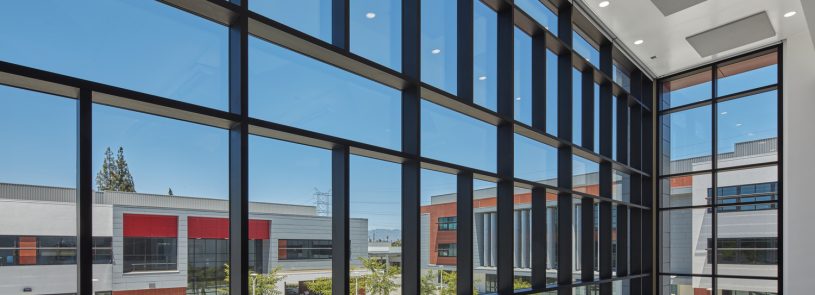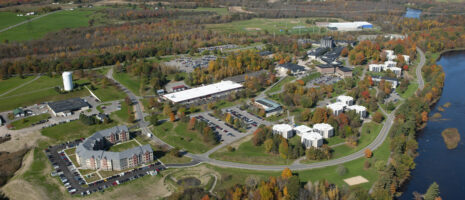California adopts limits on embodied carbon in construction, renovation, or reuse of buildings

By Laura Hagan, Senior Building Performance Consultant
California has adopted new building codes to limit embodied carbon emissions in large buildings and school buildings, effective July 1, 2024.
The changes to the 2022 California Green Building Standards Code (CALGreen) Title 24 limit the embodied carbon emissions in the construction, renovation, or adaptive reuse of buildings of 100,000-sf or larger, and school projects of 50,000-sf or larger.
Embodied carbon is the greenhouse gas emissions from a building’s entire life cycle — manufacturing, transportation, installation, maintenance, and eventual disposal or reuse of structural and architectural materials.
The code offers owners and developers three paths to compliance:
- Reuse of at least 45% of the existing structure
- Using materials that meet an emission limit guidance for five high impact materials
- Using a Whole Building Lifecycle Assessment analysis (WBLCA) with a 10% improvement over baseline.
A structural engineer conducts a WBLCA to supply data on the embodied carbon of the building materials used in building construction. It helps clients understand and compare the potential embodied carbon of the structural design options.
IMEG can also conduct a structural-focused Embodied Carbon Study early in a project. This supplies crucial data and insight on the materials and applications being considered before the project reaches initial milestones.
Learn more.












